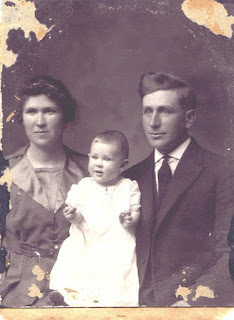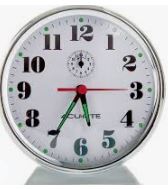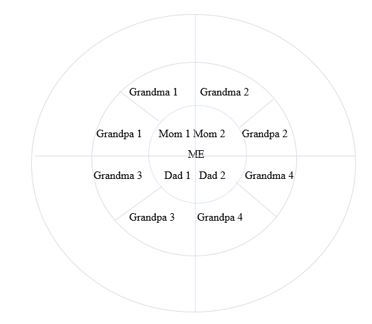The US Federal holiday, Memorial Day, is now seen as the kick-off for summer. Originally begun in 1868, it was a day to remember and mourn those who died in the Civil War. The picture above was taken in Graceland Cemetery, Chicago, Cook, Illinois probably on one of the first Memorial Days. It is the Thomas Coke and Drusilla Williams DeWolf Thompson family, my husband’s 2x’s great paternal grandparents. The little girl pictured was my husbands great grandmother, Mary Thompson Cook. The family is at the gravesite of Thomas’ son from his first marriage, Thomas Charles Thompson, who served for the Union and was discharged as an invalid. He died shortly after he left the Army.
Although I don’t know the exact year the photo was taken, based on the clothing, knowing that Thomas died in 1874 and the children’s height, it most likely was taken between 1868-1870. I like to think it commemorates the first Memorial Day.
Over the years, more wars and conflicts led to further veteran burials. Memorial Day includes remembering all those veterans who have served. This weekend I’d like to highlight three organizations that are keeping those brave men and women’s stories alive.
The first, The Forgotten Ones, a project by the Daughters of Union Veterans of the Civil War, 1861-1865, I blogged about a few months ago. Now through December 31, 2021, the organization is accepting applications for inclusion in their database of Union soldiers who died during the Civil War and left no descendants. The lineage society, of which I am a member, is composed of those who are descended from a Union veteran. Men who died without children would be forgotten as no one could join today based on their service. It is for that reason that the Forgotten Ones project was instituted. If you aren’t a member but know of an individual who you would like memorialized, please email me at genealogyatheart@gmail.com and I’ll be happy to file the paperwork for you. If you’d like to become a member of the organization, here’s the link
Another organization that I’ve blogged about previously is the Fields of Honor project in Margraten, Netherlands.
This nonprofit holds memorial services for the 34,000 US soldiers who died during World War II and are buried in Europe. Carla Mans wrote me that “The Faces of Margraten tribute has always had one simple goal: to put a face to the names. This Memorial Day, the tribute will do so again, just only in a slightly different way. Join us this Memorial Day in watching Saturday’s name-reading ceremony, which will be accompanied by the faces whose names are being spoken. These are the faces of almost 8,200, often young, soldiers. This will be broadcast in two parts. The first half starts at 9:00AM New York time”: www.facebook.com/events/829903644586601
UPDATE- I believe they mean Monday and not Saturday. Try on May 31st at 9AM.
If you have access to this month’s American Legion magazine check out the article, A Face for Every Name, which provides much more details about the organization.
I just learned about the Veteran’s Legacy Project last week at the National Genealogical Society (NGS) Conference from Bryce Carpenter. The U.S. National Cemeteries also have a virtual Adopt a Vet program. The interred have individual pages where adoptees can post historical and biographical research information and easily share the finding through various social media. I plan on entering information on several of my close relatives who served in WW2. For more information, visit https://www.va.gov/remember
At NGS I also learned about the US Cavalry organization,a private library that maintains records of those who served in the US Cavalry. You can search their holdings through Library Thing
I can’t recall any of my family being in the US Cavalry. My great grandfather, Joseph Kos, who died in the 1918-1919 pandemic, had been an officer in the Austria-Hungary cavalry before emigrating to the US.
Enjoy your long weekend!



